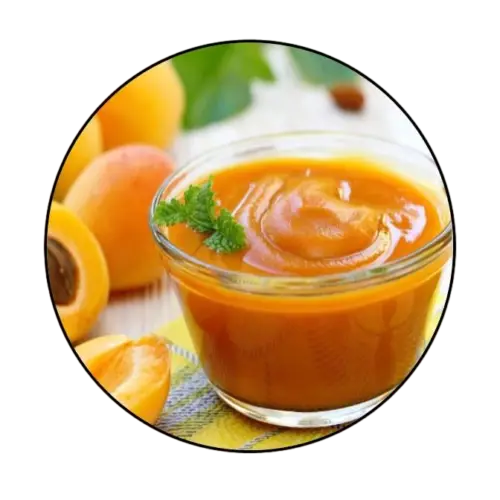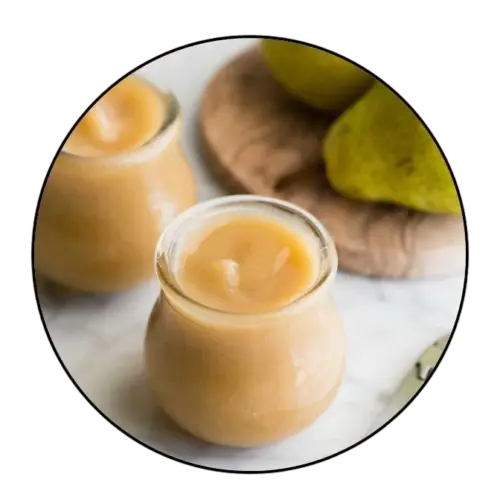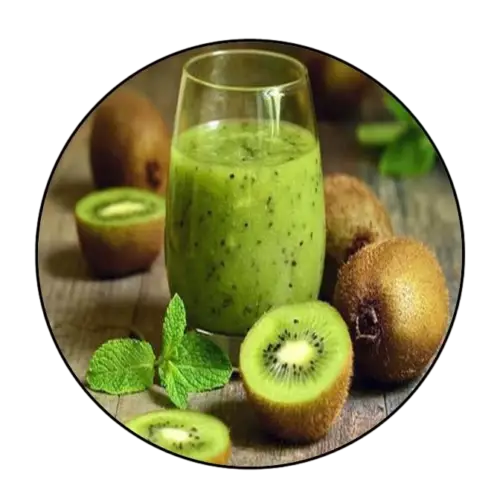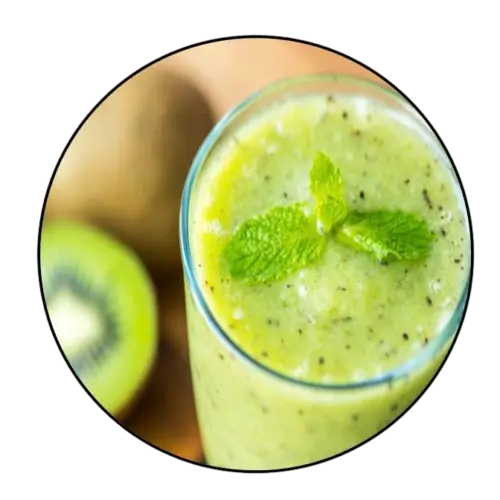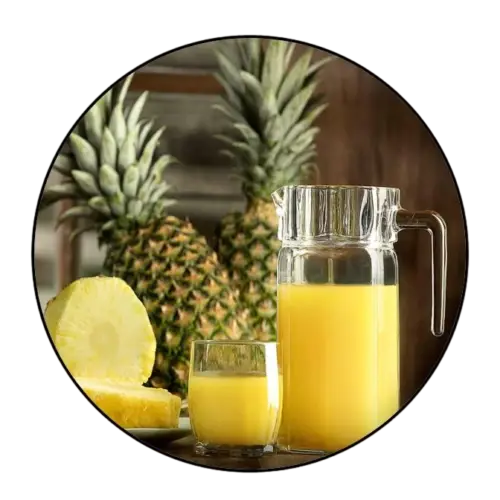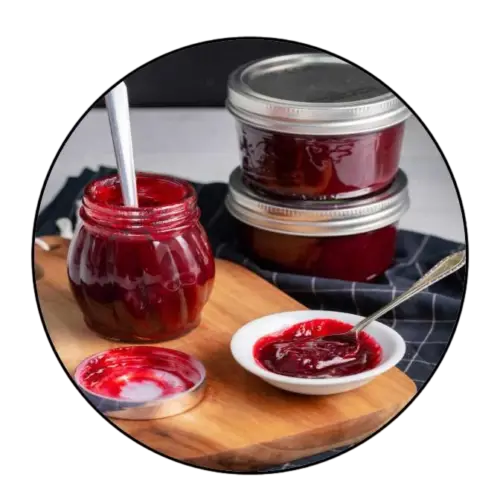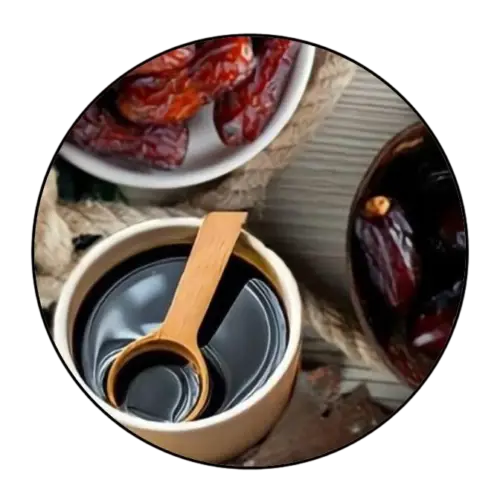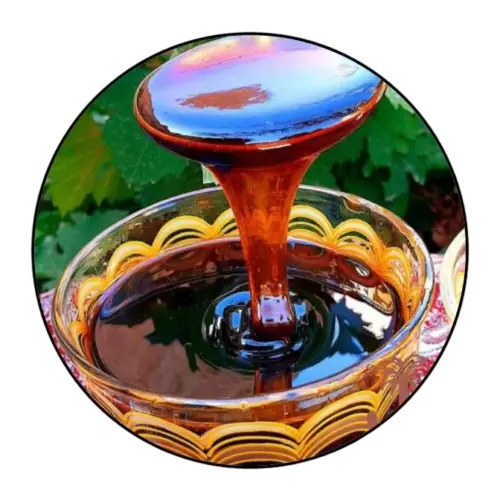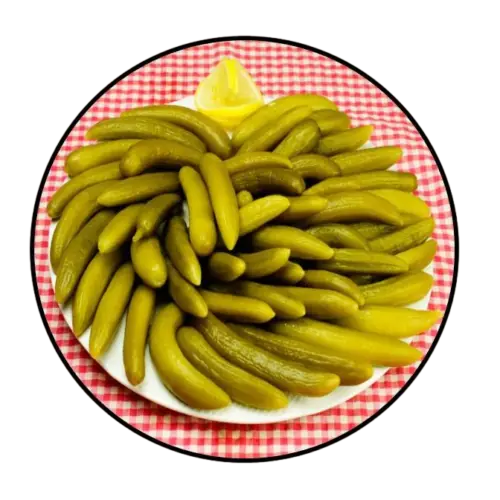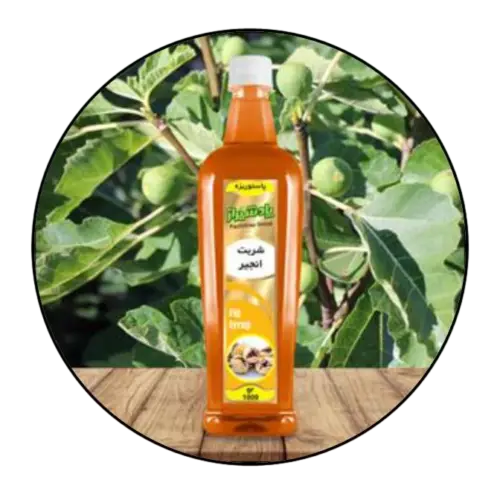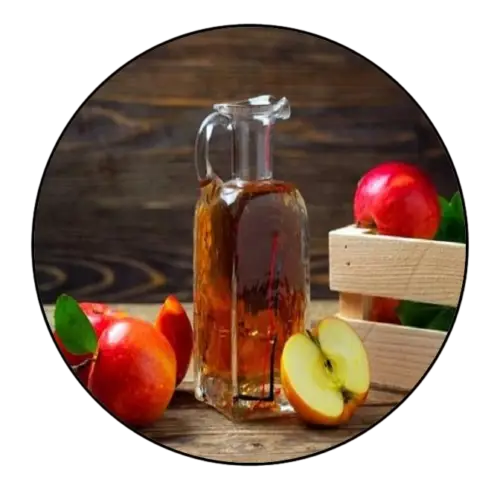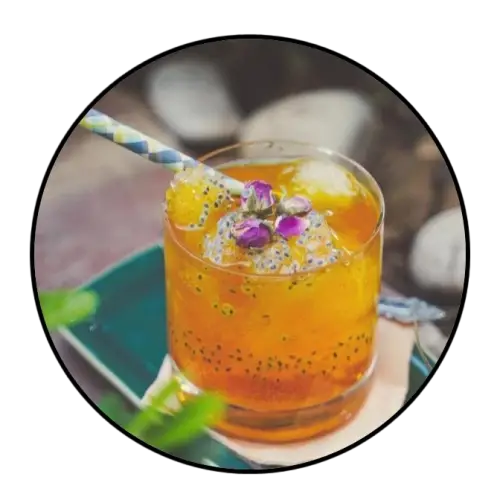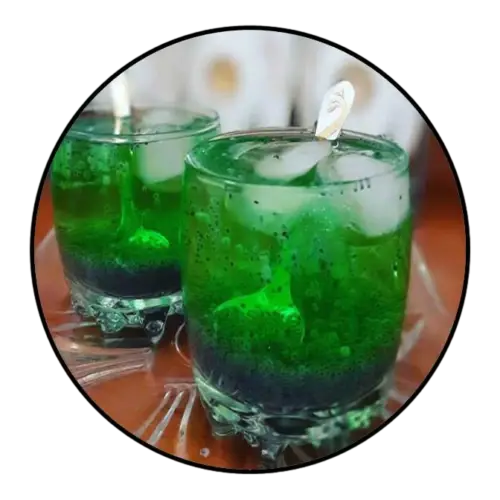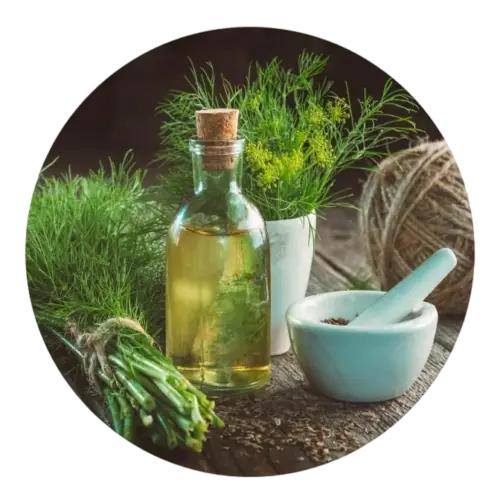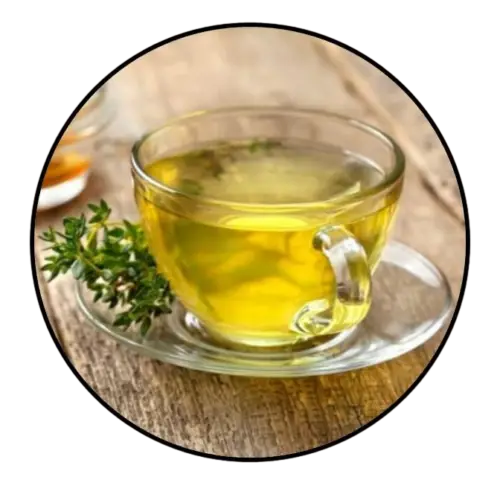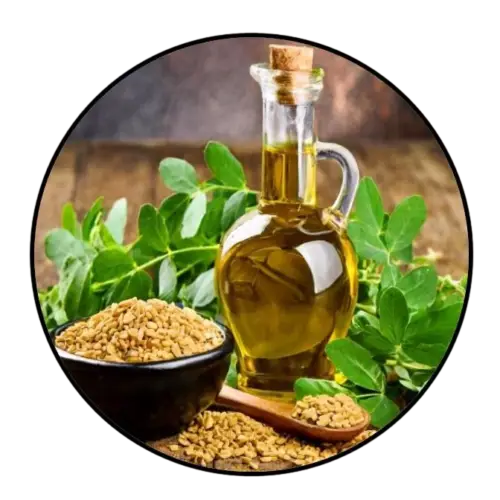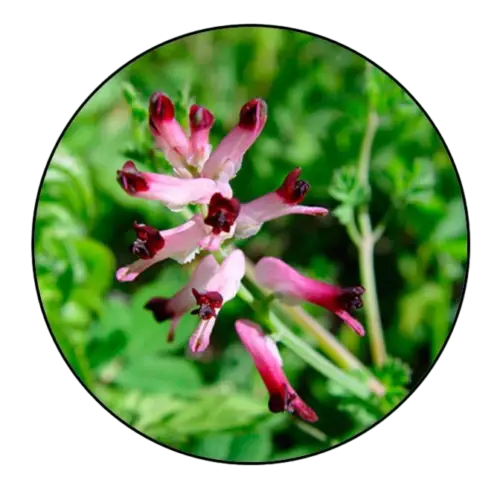Kiwi Puree
Kiwi Puree is a product that is obtained from the fruit of the year and fully ripe or peeled kiwi tree with the scientific name Actinidia of the Actinidiaceae family without removing the fruit juice, without adding any natural or artificial colors and sweeteners. In the preparation of Kiwi Puree, processes such as crushing, grinding, smoothing the edible parts, as well as passing through sieves with a maximum pore diameter of 0.841 mm and separating its skin are performed.
Product Technical Specifications:
Kiwi Puree Technical Specifications | |||
No. | Characteristics | Measurement Limit | |
Unconcentrated Apricot Puree | Concentrated Apricot Puree | ||
1 | Foreign Material | Negative | Negative |
2 | Brix at 20 Degrees Celsius (Soluble solids in water) grams per hundred grams | Min 9 | Min 20 |
3 | Solids insoluble in water (gram percentage) | Max 1 | Max 2 |
4 | Total Ash (gram percentage) | 0.2-0.5 | 0.3-1 |
5 | Acidity in Terms of Citric Acid (gram percentage) | 0.12-0.2 | 0.5-4 |
6 | PH | 2.9-3.9 | 2.9-3.9 |
7 | Regenerating Sugars (grams per hundred milliliters) | Min 5 | Min 15 |
8 | Ethyl Alcohol after the product reaches natural Brix (grams per Kg) | Max 1.5 | Max 1.5 |
9 | Formalin Number (milliliters per hundred grams) | Min 6 | Min 14 |
10 | Sucrose (grams per hundred milliliters) | Max 0.5 | Max 1 |
11 | Hydroxymethylfurfural after the product reaches natural brix (mg/kg) | Max 0.6 | Max 0.6 |
12 | Free sulfur anhydride SO2 after dilution and reaching natural concentration (mg/kg) | Max 10 | Max 10 |
13 | Ash Alkalinity in Terms of Potassium Carbonate (gram percentage) | 0.2-0.6 | 0.1-0.8 |
Microbiology:
Microbiology of Kiwi Puree | |||
Measurement Limit | Unit | Characteristics | No. |
1 | (cfu/ml) | Lactic acid bacteria | 1 |
1 | (cfu/ml) | Acid Resistant Bacteria | 2 |
1 | (cfu/ml) | Mold | 3 |
1 | (cfu/ml) | Yeast | 4 |
The Maximum Amount of Metal Pollutants in Kiwi Puree | |||
Measurement Limit | Unit | Characteristics | No. |
0.2 | (Mg/Kg) | Arsenic (AS) | 1 |
0.3 | (Mg/Kg) | Lead (Pb) | 2 |
5 | (Mg/Kg) | copper (Cu) | 3 |
5 | (Mg/Kg) | Zinc (Zn) | 4 |
15 | (Mg/Kg) | Iron (Fe) | 5 |
150 | (Mg/Kg) | Tin (Sn) | 6 |
Product Technical Specifications
Kiwi Puree Technical Specifications | |||
No. | Characteristics | Measurement Limit | |
Unconcentrated Apricot Puree | Concentrated Apricot Puree | ||
1 | Foreign Material | Negative | Negative |
2 | Brix at 20 Degrees Celsius (Soluble solids in water) grams per hundred grams | Min 9 | Min 20 |
3 | Solids insoluble in water (gram percentage) | Max 1 | Max 2 |
4 | Total Ash (gram percentage) | 0.2-0.5 | 0.3-1 |
5 | Acidity in Terms of Citric Acid (gram percentage) | 0.12-0.2 | 0.5-4 |
6 | PH | 2.9-3.9 | 2.9-3.9 |
7 | Regenerating Sugars (grams per hundred milliliters) | Min 5 | Min 15 |
8 | Ethyl Alcohol after the product reaches natural Brix (grams per Kg) | Max 1.5 | Max 1.5 |
9 | Formalin Number (milliliters per hundred grams) | Min 6 | Min 14 |
10 | Sucrose (grams per hundred milliliters) | Max 0.5 | Max 1 |
11 | Hydroxymethylfurfural after the product reaches natural brix (mg/kg) | Max 0.6 | Max 0.6 |
12 | Free sulfur anhydride SO2 after dilution and reaching natural concentration (mg/kg) | Max 10 | Max 10 |
13 | Ash Alkalinity in Terms of Potassium Carbonate (gram percentage) | 0.2-0.6 | 0.1-0.8 |
Microbiology:
Microbiology of Kiwi Puree | |||
Measurement Limit | Unit | Characteristics | No. |
1 | (cfu/ml) | Lactic acid bacteria | 1 |
1 | (cfu/ml) | Acid Resistant Bacteria | 2 |
1 | (cfu/ml) | Mold | 3 |
1 | (cfu/ml) | Yeast | 4 |
The Maximum Amount of Metal Pollutants in Kiwi Puree | |||
Measurement Limit | Unit | Characteristics | No. |
0.2 | (Mg/Kg) | Arsenic (AS) | 1 |
0.3 | (Mg/Kg) | Lead (Pb) | 2 |
5 | (Mg/Kg) | copper (Cu) | 3 |
5 | (Mg/Kg) | Zinc (Zn) | 4 |
15 | (Mg/Kg) | Iron (Fe) | 5 |
150 | (Mg/Kg) | Tin (Sn) | 6 |

Storage Conditions: Kiwi Puree should be stored at temperatures below 0°C to maintain their quality over time. Ensure the concentrate is sealed in airtight containers to prevent exposure to air, which can lead to oxidation and degradation of the product.
Certifications:
- Iran National Standards Organization
- Iran Plant Protection Organization
- Standard of Good Agricultural Practices
- Organic Agricultural Products Certification
- physical, chemical and microbial analyzes from the most reliable laboratories
- HACCP
- ISO
- FSSC
- IFS
- SGS
- BRC









